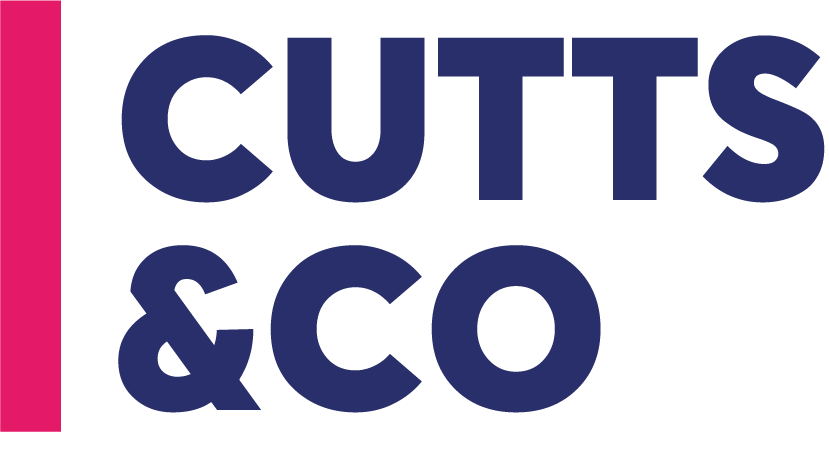When starting a self-employment business, it’s critical to comprehend your tax responsibilities. You are the only one responsible for handling, filing, and paying your taxes if you work for yourself. We hope to simplify the information you need to know about self-employed tax in this guide.
Knowing About Self-Employed Tax
Self-employed people are required to pay income tax on their annual earnings. Finding out if you have any outstanding National Insurance contributions is also crucial.
You will file a Self-Assessment tax return with HM Revenue & Customs (HMRC) to ascertain your annual tax liability. Your income, taxes owed, and payment deadlines are verified on this return. Self-employed professionals have to set aside money for their tax obligations, unlike salaried employees who have tax deducted at source. It is essential to acknowledge your employment status in order to guarantee appropriate budgeting and prompt reporting.
Employment status is determined by certain conditions and how you conduct business; it is not a decision you make. Among the variables affecting this are:
contractual duties
Methods of payment
Integration with a business; Provision of equipment; Possibility of profit
terms of the contract…among other considerations.
This can be ascertained with the assistance of HMRC’s online Check Employment Status for Tax (CEST) tool. You can also consult our comprehensive guide on “What is a sole trader” for more clarification.
Compute Your Tax
Determine your taxable self-employment profit first in order to calculate your tax liability. To do this, deduct your trading income from your allowable business costs.
There are two methods of accounting for this:
Cash Basis: Best suited for small companies with annual sales under £150,000. It’s simple: deduct expenditures from receipts made during the tax year according to the dates of transactions.
Accruals Basis: Rather than recording income and expenses as cash changes hands, this method records them when they are billed.
Your chosen accounting method might also impact any capital allowances you claim.
Tax Bands for the Self-Employed (From 6th April 2023)
For England, Wales, and Northern Ireland:
|
Band |
Taxable Income |
Tax Rate |
|
Personal Allowance |
Up to £12,570 |
0% |
|
Basic rate |
£12,571 to £50,270 |
20% |
|
Higher rate |
£50,271 to £125,139 |
40% |
|
Additional rate |
Over £125,140 |
45% |
For Scotland:
|
Band |
Taxable Income |
Tax Rate |
|
Personal Allowance |
Up to £12,570 |
0% |
|
Starter rate |
£12,571 to £14,732 |
19% |
|
Basic rate |
£14,733 to £25,688 |
20% |
|
Intermediate rate |
£25,689 to £43,662 |
21% |
|
Higher rate |
£43,663 to £125,139 |
42% |
|
Top rate |
Over £125,140 |
47% |
Making Your Own Tax Payments
Self-assessment is the method of payment. Once you sign up on the HMRC website for self-assessment, you will be issued a Unique Taxpayer Reference (UTR), which is required for submissions.
Observe the deadlines for filing tax returns, which vary depending on the method used:
Paper Returns: By October 31st, post-tax year, at midnight.
Online Returns: By January 31st, at midnight, the year after the tax year.
Some Crucial Points
If COVID-19 has affected you, think about the Self Employment Income Support Scheme (SEISS). Recall that SEISS awards are subject to taxes.
Recognize the rates for Class 2 and Class 4 National Insurance contributions. Depending on your profits and the class you belong to, your liability changes.
Always seek individualised advice from a professional or directly from HMRC to make sure you’re fulfilling all of your responsibilities.



